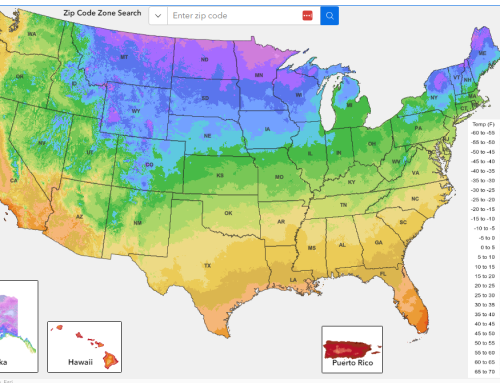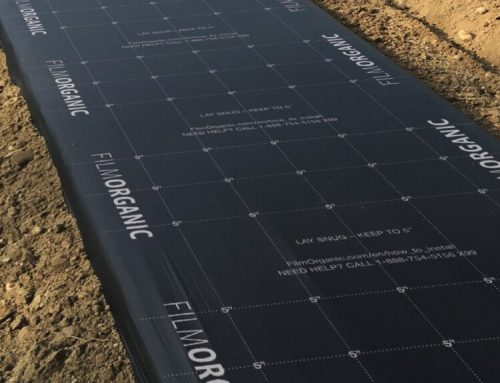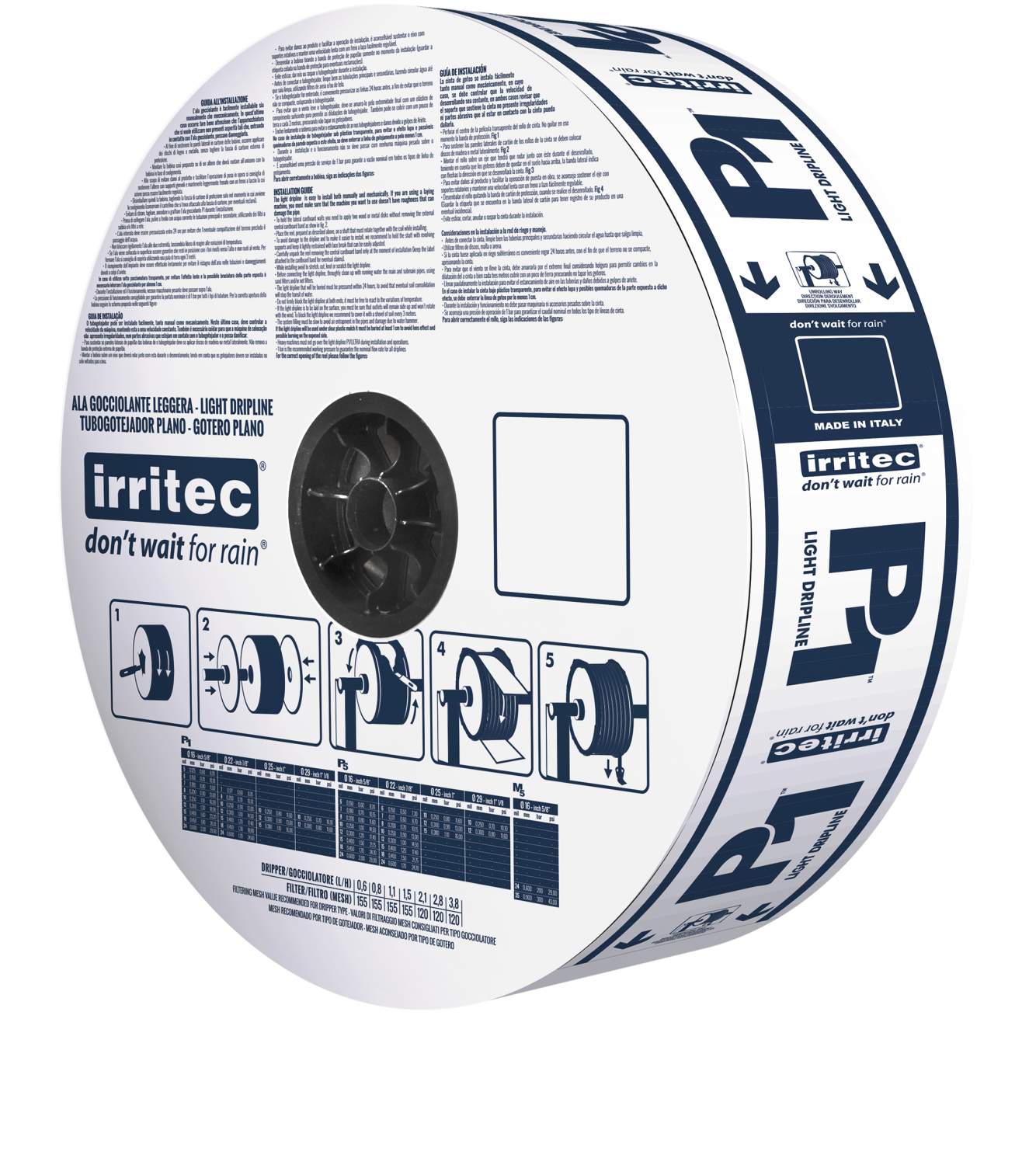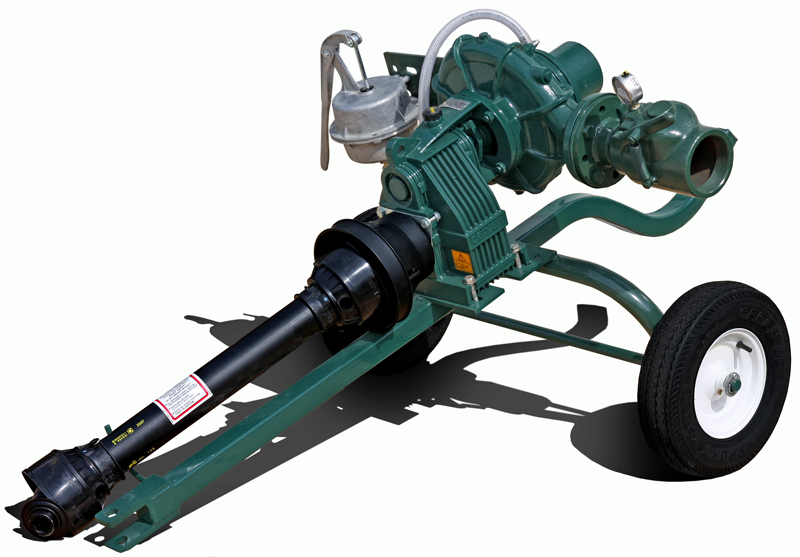“Look around the rooftops of many cities and you’ll see wooden water towers. New York has thousands of them.

NYSC Water Tanks
The reason is simple and often overlooked:
In the morning, when every resident of the building is preparing for the day, there’s a need for thousands of gallons of water under high pressure. Providing that much power via a pump is expensive, noisy and difficult to maintain.
The system in use, on the other hand, takes two or three hours to refill the tank, using reliable, quiet and cheap small pumps. After that, gravity is all that’s needed.
Adding a reservoir to a high-demand system creates slack, resilience and efficiency.
Too often, foolish short-term profit seekers forget this, and use up what’s in the reservoir without keeping future reserves in mind.”
I share this article from noted marketer Seth Godin, for a couple of reasons.
First it is a lesson for those of us who work in the field of agricultural irrigation. While the above example is not being used for crop irrigation, gravity fed irrigation does have its place in helping to solve some of today’s water shortage. If you have the means of storing water when it is available and not needed, it can help everyone by relieving some of the strain on the system. While traditionally stored in water towers, if you have some elevation to your land, you could store water in ponds above your crops. When you need to irrigate, draw from these storage devices before accessing the water from sources like rivers and streams. Then replenish the water when the demand is lower – like at night or during the increasingly rare rainstorm.
Another benefit of using gravity feed irrigation is is that you may not need as large of a pump to fill storage devices versus the size of a pump you may need to pump water across all of your crops.
Adding devices to store water and utilizing gravity assisted irrigation costs money. And many of us are not in a position to replace our current irrigation methods with this approach. But perhaps we are in a position to plan to add this alternative in the future. I am reminded of “How do you eat an elephant? One bite at a time.” Plan to do one section of your farm this year. Then another section next year.
The current shortage of water for agriculture needs is not going away in the near future and there is currently not a single “magic wand” that is going to solve all the water problems. I suspect it will take a lot of different approaches at the farm level to get through this.
One idea that I will write about later is how we should be handling storm water. Today the western United States is suffering from severe drought while communities in Kentucky have record flooding. And I suspect that this winter we will have an ice dam on the Mississippi River which will trigger flooding this spring when it finally breaks up. And I am certain there will be a hurricane or two making landfall this year.
We should investigate how we can capture, store and redistribute water that we are not using today and safely, economically transfer it across the country to be used for agricultural needs. I know it sounds expensive, but we have infrastructure (pipelines) in place to move oil and gas across the country to where it is needed. Why not water? It is only a thought…
Here is a link to an article that shows great minds do think alike…






